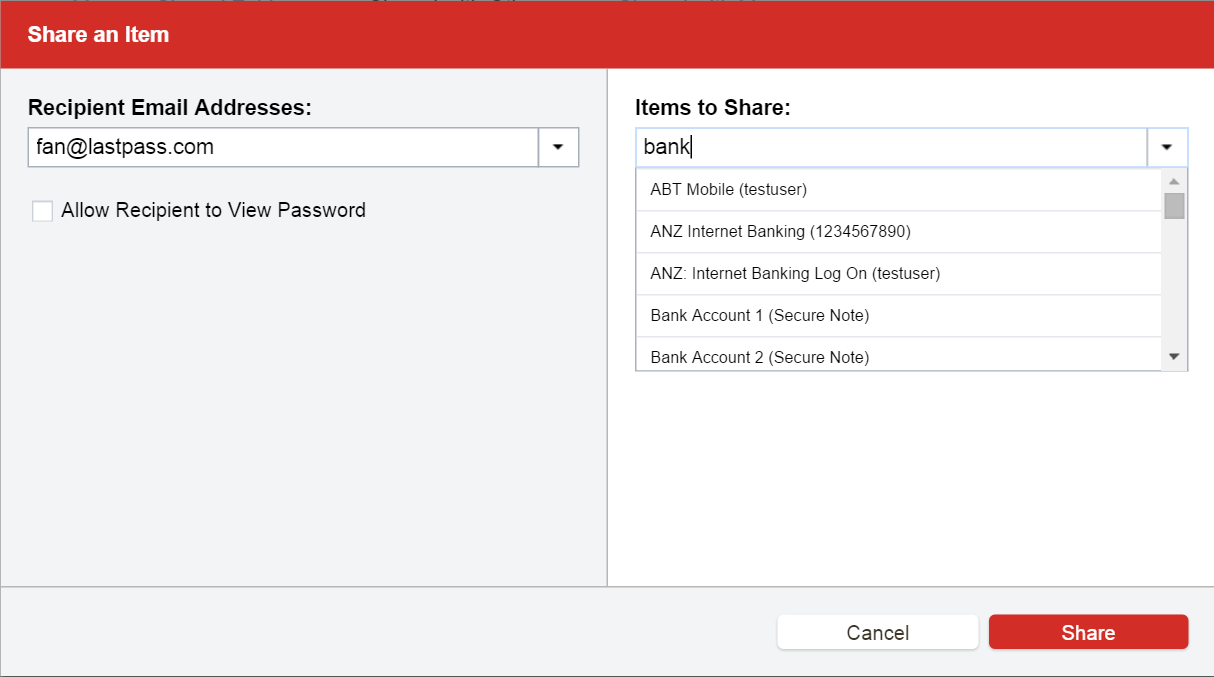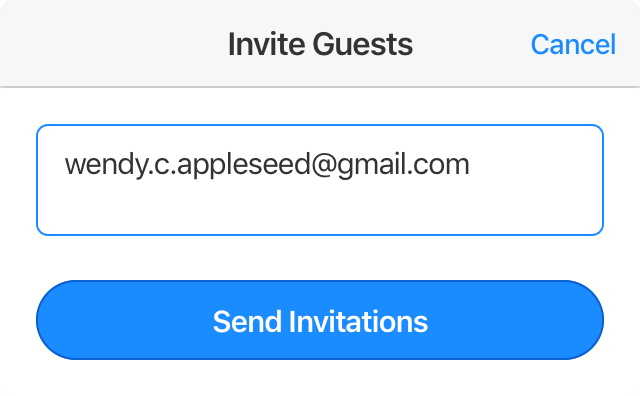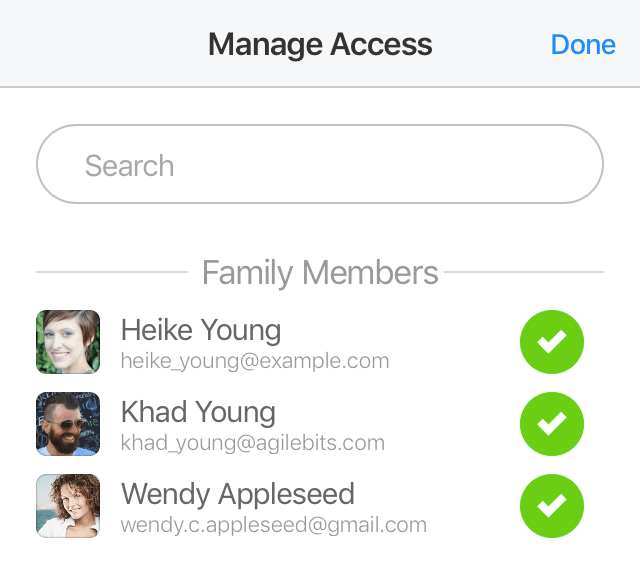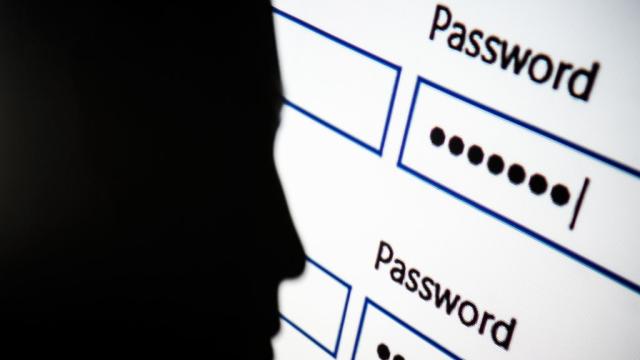We’re fans of password managers here, not only because they help you generate and save stronger passwords, but because they have a few more tricks up their sleeve. If you’re using a password manager such as 1Password or Lastpass, you can use it as a digital double for your physical safe box (you do have one of those, right?).
Image credit: Leon Neal/Getty
Why You Should Use One
You should already be using a password manager to store your usernames and passwords for all your online accounts. Each one should contain a password randomly generated by your password manager, as well as a list of fabricated security questions, if applicable. Of course, online login information isn’t the only information you need to secure. That Wi-Fi password you have on a Post-It note next to your desk, the documents proving your pup has had its shots so you can travel safely, and even your driver’s licence and passport information should all be easily accessible and at your fingertips instead of strewn about in a file cabinet or lost in a morass of papers.
[referenced url=”https://www.lifehacker.com.au/2018/01/what-to-do-if-youve-already-failed-at-your-new-years-resolution/” thumb=”https://i.kinja-img.com/gawker-media/image/upload/t_ku-large/amhn8r0sozamlrtxnpm0.jpg” title=”What To Do If You’ve Already Failed At Your New Year’s Resolution” excerpt=”Chances are good that you’ve already decided to ditch your New Year’s resolution.”]
Information to Keep In Your Password Manager
Work Information
Store your company’s portal login to easily access information such as your recent pay stubs and your accumulated leave.
Medical Records and Emergency Information
Keeping medical information on hand is simple enough to do, but finding a secure place to store it might be tricky. You can store scanned documents, medical cards, prescriptions and other relevant information as attachments to the password manager entry that has your personal information (phone number, shipping address, email address) you use to fill out forms online. That way, selecting your name brings up whatever prescription information you need to make a purchase at your local Specsavers, or to purchase your medicine at a new pharmacy.
Children’s Account Information
Your kid can’t remember his login passwords? Add them to your password manager and tag them it with an identifying marker so you and your offspring can easily recall how to get back into their Club Penguin account.
Records of Purchases
Want to write off that desk you bought for your home office? Save the receipt for tax day. If you have a physical transaction record, take a picture or scan the receipt, then upload it to your password manager. Got one emailed to you? Store that email as a PDF attachment and upload it to your manager.
Wireless Router Information
You’ve more than likely had to restart or even reset your router if you’ve had some intermittent internet issues. That means you probably had to remove it from its dusty hiding spot to re-enter the default username and password that grants you administrator access. Store that information in your password manager, along with your updated Wi-Fi login (the one with the clever name you thought up) so you can easily have and share it with guests.
Sharing With Others
There are more than a few passwords that might apply to everyone in your home, whether it’s the password for your router, your utilities account shared with your partner, or your Netflix login you send to your younger sibling.
Sharing in Lastpass

Image credit: Lastpass
You can share passwords in Lastpass by using the app’s Sharing Center. Hit the + symbol and select Share Item. Enter the person’s email address and select which accounts you’d like to share with them. You can even choose whether or not to show them the actual password. Sharing this way requires both users to have at least a free Lastpass account.
Sharing in 1Password


To share items in 1Password, you must add users as guests. Standard 1Password users can have up to five guests. Sign in to your 1Password account and create a vault for your guests. You can create a vault, essentially a folder, with sensitive information you’d like to share with your guests without granting them access to all your personal passwords. Select the item you’d like to share in your list of passwords, right-click and copy it to your new vault.

Comments